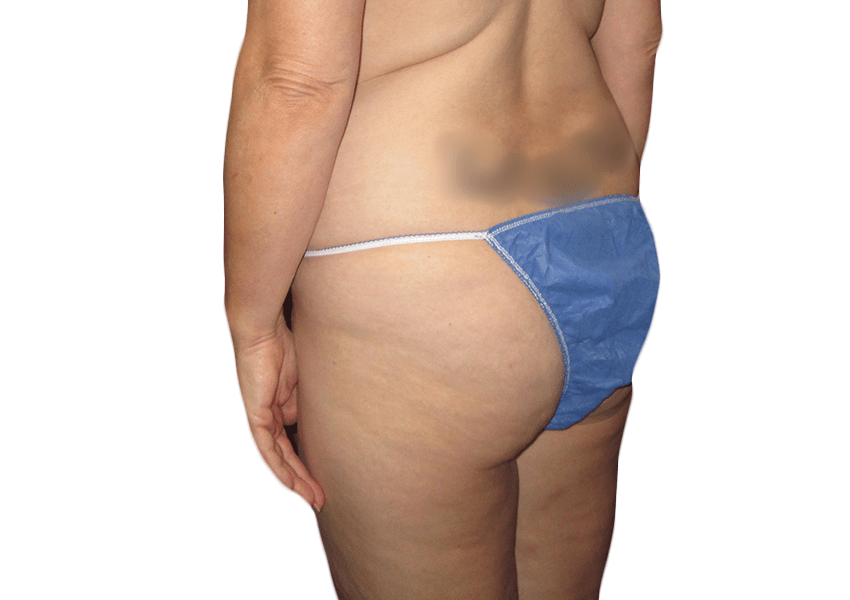What Can Different Buttocks Tell You About Fitness and Style?
When it comes to fitness, posture, clothing choices, and even self-confidence, understanding the shape of your buttocks can provide surprising advantages. Far from being a superficial concern, recognizing your butt shape can help tailor your workouts, improve your health, and upgrade your fashion game. But what exactly do different butt shapes mean, and how can you use this knowledge to your benefit?
Let’s explore the most common butt shapes, what causes them, and how knowing yours can help you make smarter choices every day.
Why Butt Shapes Matter More Than You Think
Most people think of buttocks in aesthetic terms. However, your butt shape can offer insights into your muscle development, body fat distribution, and even your posture. Fitness trainers, health professionals, and fashion stylists often evaluate butt shapes to give personalized recommendations. For example, certain glute workouts work better for rounder buttocks, while other routines target flatter or V-shaped backsides.
By understanding your butt shape, you can improve your posture, avoid injury, and feel more confident in your skin.
What Are the Common Butt Shapes?
There are four primary butt shapes recognized by fitness and health experts:
1. Round Buttocks (Bubble Butt)
This butt shape is well-rounded and full, usually indicating strong glute muscles and a balanced fat distribution. People with this shape often benefit from strength training to further define their curves without bulking up too much. Clothing like fitted jeans or body-hugging skirts often complements this shape.
2. Square Buttocks
In this shape, the buttocks appear boxy or straight, with the hip bones and outer thighs lining up. This can result from either underdeveloped glutes or even tight waist muscles pulling everything upward. Targeted exercises like side lunges and hip thrusts can help round out this butt shape over time.
3. V-Shaped Buttocks
This shape appears wider at the waist and tapers down at the bottom, forming a V. It often occurs in older individuals due to fat shifting downward with age. People with this butt shape benefit from glute activation exercises, especially squats and bridges, to lift and firm the buttocks.
4. A-Shaped or Heart-Shaped Buttocks
Full at the bottom and narrow at the top, this shape resembles a heart or upside-down triangle. It suggests more fat storage in the lower part of the buttocks. Cardio combined with glute-toning moves works well for this group. It’s also a shape that can be easily styled with high-waisted bottoms and tailored dresses.
How Can You Identify Your Butt Shape?
Stand in front of a mirror or take a photo from the back while standing naturally. Observe the outline of your buttocks and where your hips and thighs connect. Knowing your butt shape is the first step to making informed decisions about workouts, diet, and even fashion.
If you’re unsure, a personal trainer or physical therapist can also help you determine your butt shape and advise you on proper posture and exercise techniques.
Fitness Tips Based on Your Butt Shape
Each butt shape responds differently to fitness routines. Here are some targeted suggestions:
- Round Buttocks: Maintain definition with resistance training. Incorporate deadlifts and weighted squats.
- Square Buttocks: Focus on side glute exercises and stretching hip flexors.
- V-Shaped Buttocks: Do more glute bridges, step-ups, and kickbacks to build lower glute muscles.
- Heart-Shaped Buttocks: Combine fat-burning cardio with toning to lift and firm the lower glutes.
Consistency is key. Understanding your butt shape allows you to focus on exercises that offer the best results without wasting time.

Style and Fashion for Different Butt Shapes
Believe it or not, the right clothing can dramatically improve how your buttocks look. Here’s how to flatter each shape:
- Round: Opt for mid-rise jeans and pencil skirts to highlight curves.
- Square: Use pocket details or ruching to add volume and shape.
- V-Shaped: Go for flared or wide-leg pants to balance out your silhouette.
- A-Shaped: Choose structured fabrics and high-rise jeans to define the waist and support the lower buttocks.
When you dress according to your butt shape, you not only look better—you feel better too.
Conclusion:
Rather than viewing your buttocks as just another body part, recognize them as a valuable indicator of your body type, muscle tone, and even health. Knowing your butt shape can help you choose the right workouts, avoid injury, improve your posture, and select clothing that flatters your form.
Understanding your butt shape gives you the power to work with your body, not against it. So, take a few moments to discover where you fit in the butt shapes spectrum—it might be the smartest move for your fitness and fashion journey.
Comments
Post a Comment